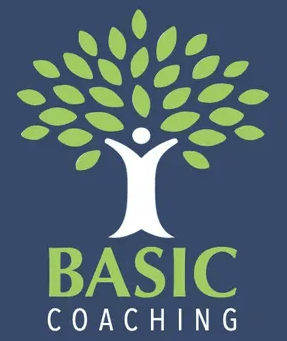How To Coach Your Team Through The Coronavirus Crisis
Andy Buck has the latest thinking for coaching your team through the Coronavirus Crisis
Using a coaching methodology to support conversations, however challenging, can make a massive difference to how productive they are. Yet, it is often confusing to know which method to use and why, particularly during the current coronavirus Covid-19 crisis. For this reason, executives typically follow experts who provide pearls of wisdom, such as Marshall Goldsmith, recipient of a Lifetime Achievement Award for management education from the Institute for Management Studies. Goldsmith was inducted into the Thinkers50 Hall of Fame in 2018 and is ranked one of five most-respected executive coaches by Forbes, one of the top ten executive educators by The Wall Street Journal, and one of the 15 Greatest Business Thinkers in the World by The Times.
One significant contribution to coaching literature made by Goldsmith includes Mastering Executive Coaching, published in 2018 with the Henley Business School Professor of Coaching and Behavioural Change, Jonathan Passmore. Their scholarly output provides empirically derived knowledge and tools to help executive coaches on their development path towards mastery.
But for the latest intellectual thought on coaching methodology, we must turn our attention to the education sector. Within this, the BASIC Coaching Method has emerged from Andy Buck, the founder of Leadership Matters. His latest work may become seminal, for it offers a uniquely powerful way to structure conversations, outlining the essential skills needed to communicate effectively - so desperately needed within our post-pandemic world.
So why coach in everyday conversations?
When individuals receive an opportunity to reflect on their current situation, decide what they want to achieve, and have ownership of a direction of travel, they are inevitably more committed to the way ahead. This approach has two key advantages. Firstly, because the next steps have come from the individual themselves, there is an inherently higher chance that they will complete them. Secondly, there is also a much higher chance that solutions are suited to the particular situation they find themselves in.
The BASIC Coaching Methodology ANDY BUCK
Alongside the BASIC personal qualities and habits needed to be a great coach, there are five key stages to a BASIC coaching conversation, known as the BASIC Steps.
Background
1) Understand the background of a situation.
2) Allow the coachee or colleague to start to organize their thoughts.
3) Create an opportunity to focus on the positives, not just the issues.
Aim
1) Define the aim or goal the coachee wants to achieve.
2) Agree clarity on timeframes and what success will look like.
3) Focus on the benefits.
Strategy
1) Focus on the high-level options or strategy.
2) Keep away from the detail at this stage.
3) Explore all the possibilities, not just the first ideas that emerge.
Implementation
1) Fine-tune the strategies into actions, in particular, the very next steps.
2) Consider sketching out a rough plan of action to follow after that.
3) Get started on their first step can be all that’s needed.
Commitment
1) Check in on how energized your coachee is to get going.
2) Offer real challenge on their level of commitment if needed.
3) Ask how they will sustain whatever they have decided to do.
How is BASIC different?
The BASIC coaching method has been created because, in his work as a professional coach, Andy Buck was finding none of the well-known coaching methodologies allowed for time to explore context or situation at the start of a conversation. The most well-known coaching approach is probably John Whitmore’s GROW model, which starts with the goal. As Buck explains: “When I first started coaching, GROW was my go-to framework for structuring my coaching. Over time, I came to realize that most of my conversations were not starting with someone’s goal or objective.” Buck continued, “when these conversations were most productive, we spent time exploring the current reality of an individual’s situation before defining what they wanted to achieve, and how they would achieve it.” This is probably one of the most significant differences between the BASIC coaching method and many of the other models that are commonly used. As Andy Buck reminds us: “Whitmore’s GROW model is almost thirty years old. We have learned a lot more since then about the importance of empathy, listening, and making a connection when it comes to coaching conversations. That’s why I created this new model that draws on all that emerging research, especially around the power of positive psychology. It feels like it’s time for a new approach.”
An approach for our time
Now more than ever, as colleagues are grappling with making life and work fit together, building and sustaining healthy relationships built on trust and a shared understanding of context are crucial for any leader. One of the essential habits in the BASIC method is to start all conversations by asking questions rather than giving opinions or advice. That straightforward shift can make a massive difference to what we are like to talk with.
Follow Ben Laker on Twitter or LinkedIn. Check out my website or some of my other work here.
